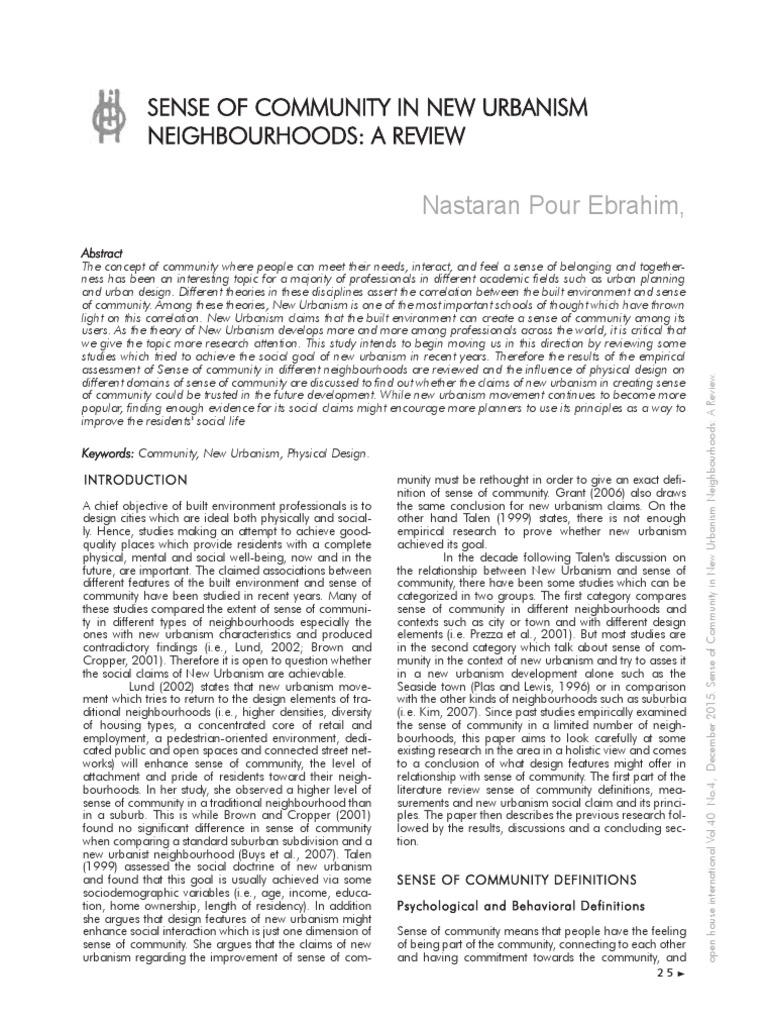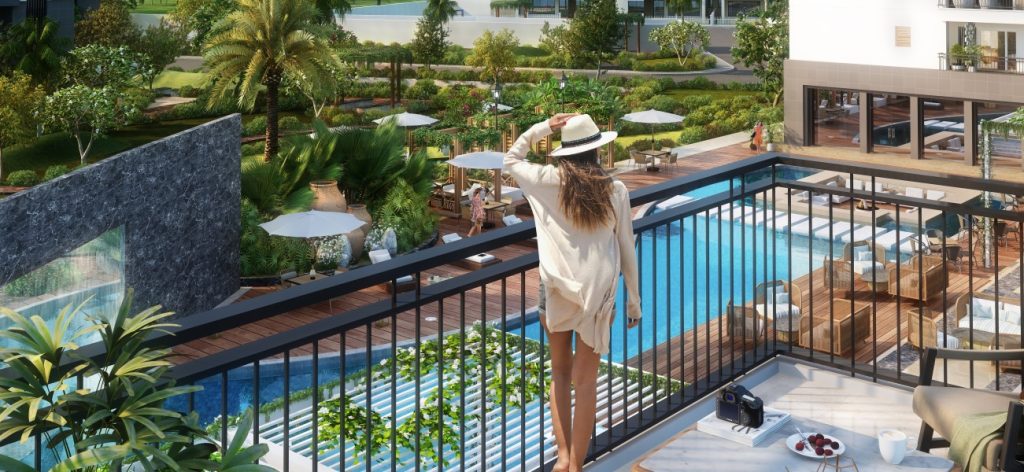

The sense of community in new townhome living is vital to residents’ overall satisfaction and well-being. It’s about creating a welcoming environment where residents feel a part of something larger than themselves, fostering friendships, and enjoying shared experiences. However, many new townhome communities struggle with achieving this sense of community, leading to feelings of isolation and disconnection for residents. This article explores strategies for fostering a strong sense of community in your new townhome neighborhood. We’ll delve into practical approaches, including the role of shared spaces, resident engagement, and the importance of community events. We’ll conclude by discussing how to navigate challenges and take steps towards a thriving community.
The Importance of Community in Townhome Living
Fostering a Positive Atmosphere
Creating a strong sense of community in new townhome living is paramount, offering benefits beyond just social interaction. A thriving community fosters a sense of belonging and support, leading to a more enjoyable and secure living environment. Happy residents are more invested in maintaining the neighborhood, creating a positive feedback loop. Research consistently shows that strong social networks contribute to improved mental and physical health. Studies in similar environments suggest that strong neighborhood ties lead to lower crime rates and a greater sense of safety. The sense of community extends beyond just your immediate neighbors; it also involves interacting with the larger community, participating in town activities, and building relationships with nearby businesses and organizations. A close-knit community can offer invaluable support during challenging times and provide a sense of belonging that’s hard to find elsewhere.
Strategies for Building Community
Designing Shared Spaces for Interaction
Designing spaces that encourage interaction is crucial in new townhome communities. Well-equipped shared areas, like community gardens, playgrounds, or even outdoor seating areas, naturally foster social interaction among residents. Open spaces create opportunities for spontaneous gatherings and casual conversations. For example, consider a townhome development with a dedicated grilling area. This area immediately creates a space for residents to gather and interact, leading to an increase in friendly conversations and potential friendships. Such intentional design encourages residents to venture out and build connections. The creation of community gathering areas is not just about aesthetics; it’s about strategically fostering opportunities for social interaction within the neighborhood itself.
Engaging Residents Through Events
Creating Opportunities for Interaction
Organizing regular social events is essential for building a close-knit community. These events can range from casual get-togethers to more formal activities like potlucks, neighborhood festivals, or even volunteer opportunities. These events allow residents to meet each other in a relaxed and informal setting, fostering connections that extend beyond simple greetings. For instance, an annual neighborhood barbecue can bring residents together to mingle, exchange stories, and establish bonds. Furthermore, events dedicated to neighborhood beautification, such as a community cleanup project, can enhance both the physical environment and the social fabric of the townhome community. Planning inclusive and engaging activities significantly contributes to a stronger sense of community.
Encouraging Open Communication
Transparency and Collaboration
Maintaining open communication channels between residents and the neighborhood association or management is vital. Establish clear communication channels, such as a neighborhood newsletter, a dedicated online forum, or regular town hall meetings. These platforms facilitate discussions about community concerns, neighborhood improvements, and events. For example, a dedicated online forum can serve as a central hub for information sharing, enabling residents to easily access important notices and announcements. Furthermore, having an active forum or social media group promotes transparency and builds trust among community members. This promotes constructive dialogue and fosters a sense of collaboration.
Leveraging Technology for Connection
Digital Tools and Platforms
Utilize technology to connect and engage residents. Apps for neighborhood communication and scheduling events can help simplify communication and facilitate resident interaction. For instance, a dedicated app for event notifications and community announcements keeps residents informed about local happenings. These technological solutions enhance participation and engagement, enabling efficient communication and reducing the risk of misunderstandings. Furthermore, an online platform can serve as a central repository for neighborhood resources, sharing information regarding local businesses, community services, and community-related information easily accessible to all residents.
Importance of Inclusivity and Respect
Respecting Diverse Perspectives
Encouraging open dialogue that respects diversity of opinion and background is paramount. Townhome communities often have a mix of people with differing viewpoints and lifestyles. The ability to communicate effectively and consider each others’ perspectives will ensure all residents feel welcome and part of the community. Events should be tailored to include different age groups and interests, fostering a sense of belonging for everyone. This ensures that no one feels excluded or marginalized. This inclusivity is a crucial element in building a thriving and harmonious neighborhood.
In conclusion, fostering a sense of community in new townhome living is crucial for residents’ well-being and satisfaction. By actively participating in social events, utilizing shared spaces, and fostering open communication, homeowners can build strong connections and create a vibrant community. To truly embrace this sense of belonging, consider joining a neighborhood association or initiating community events. This can lead to a more fulfilling and enjoyable living experience for everyone involved.
